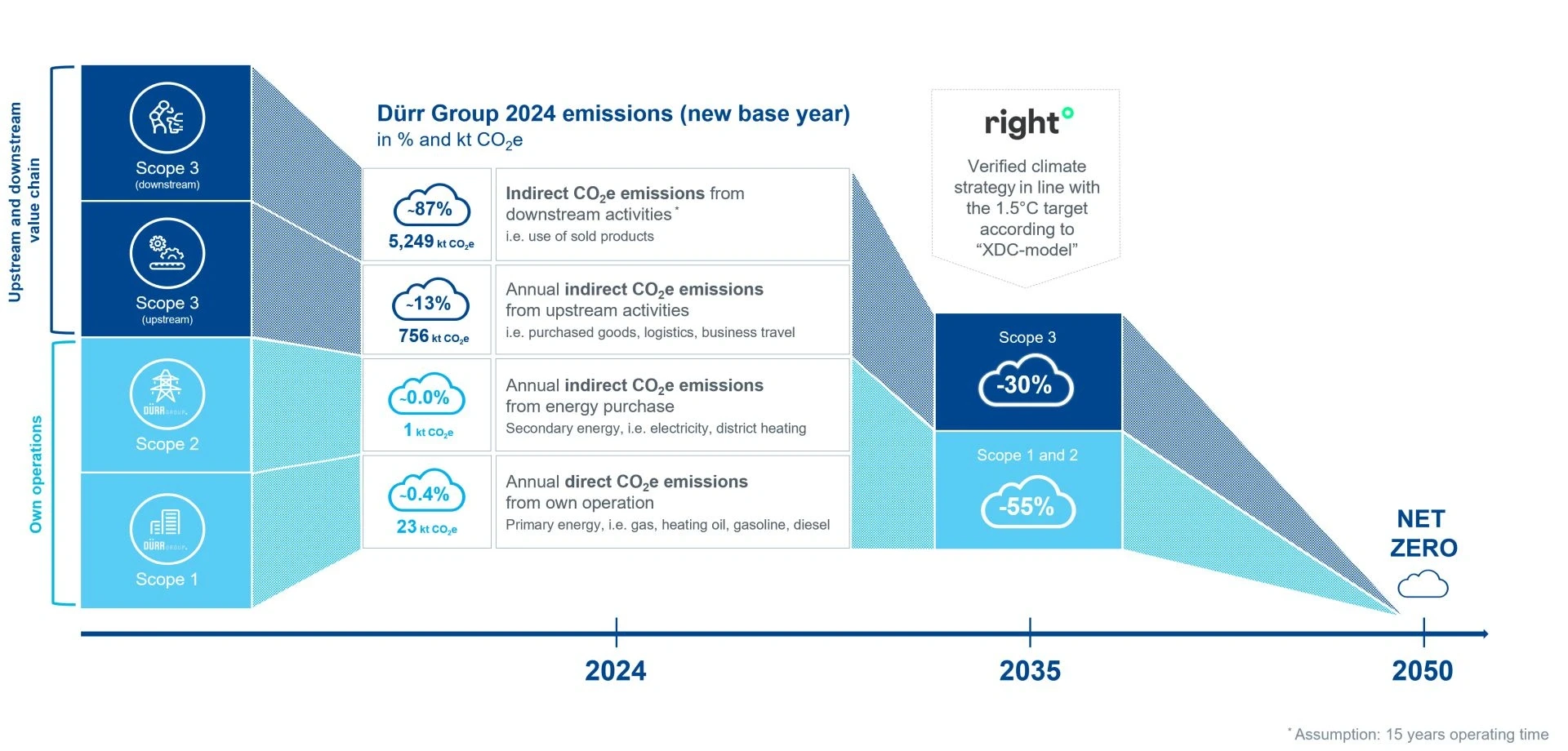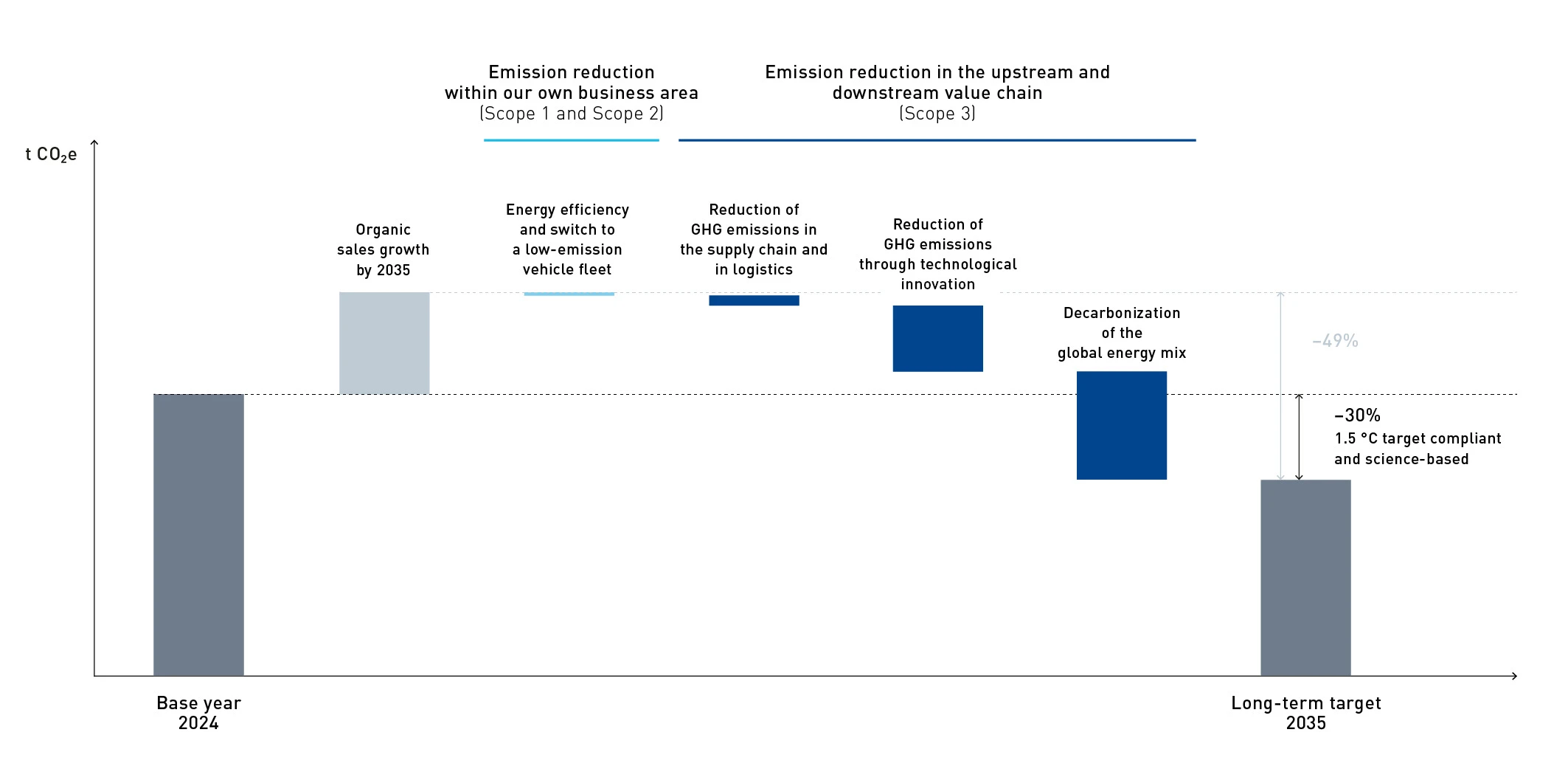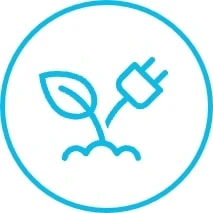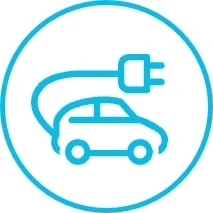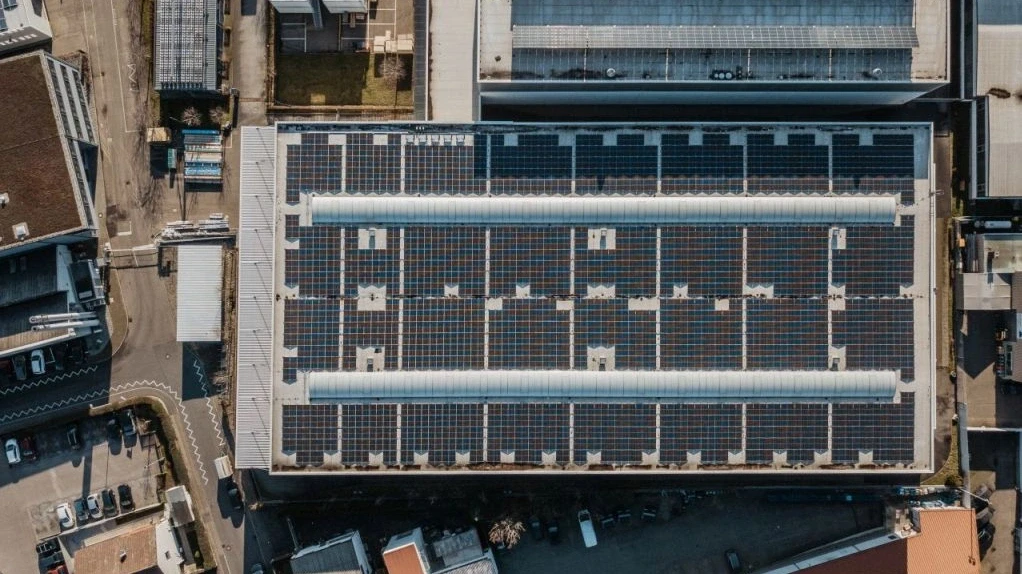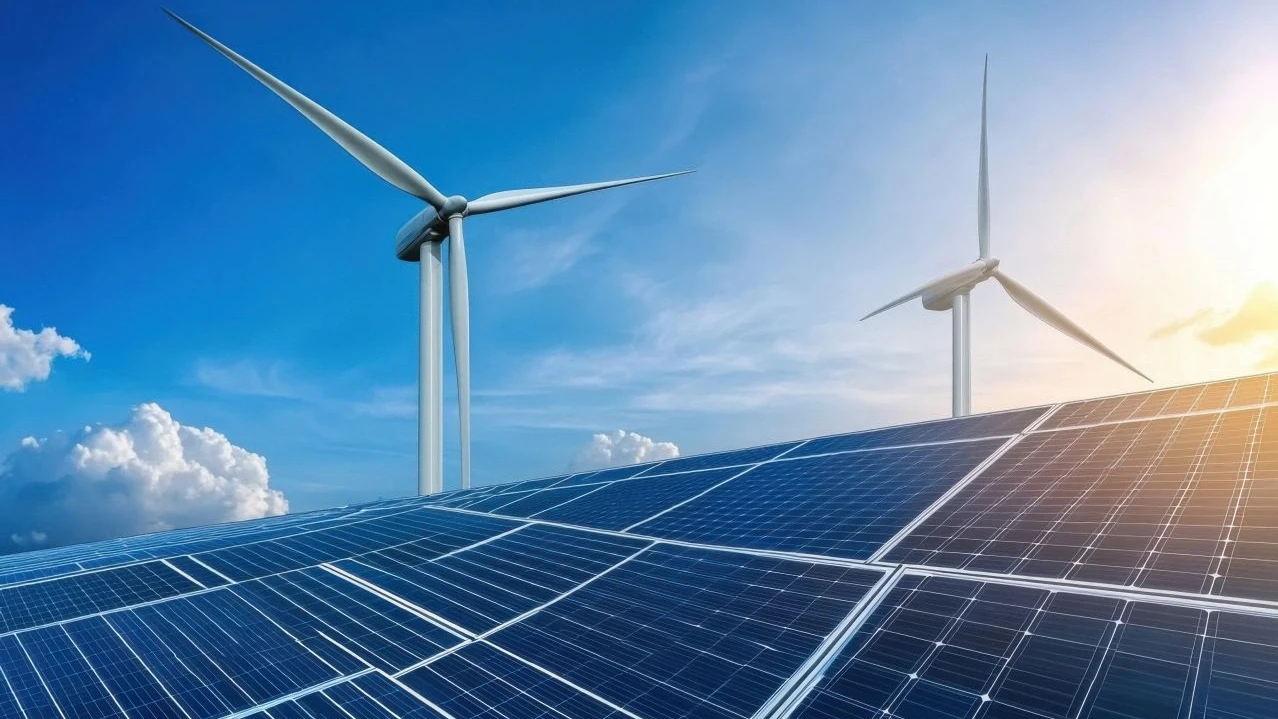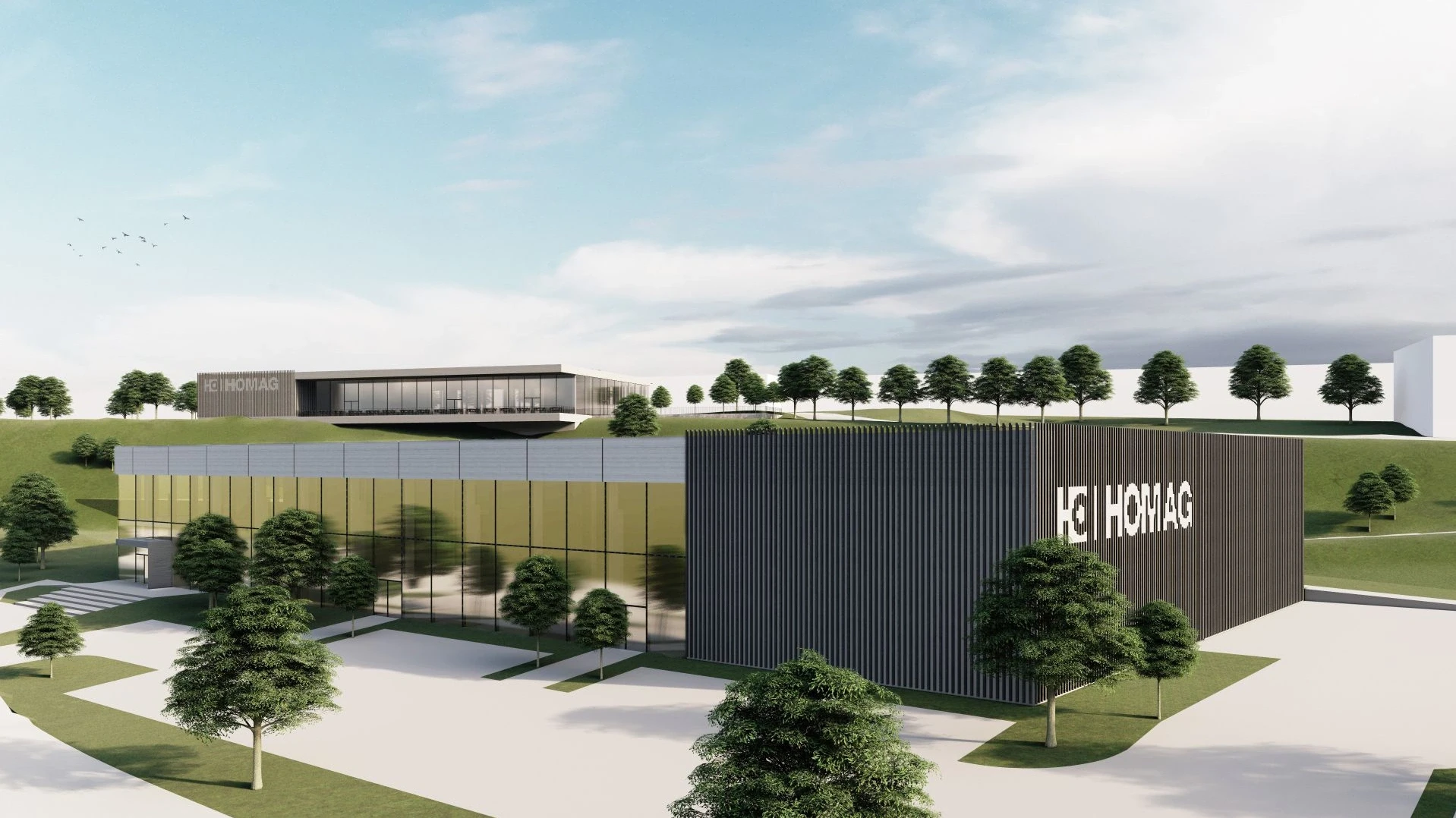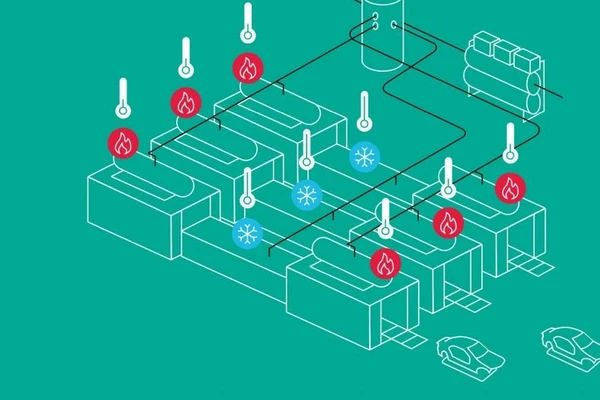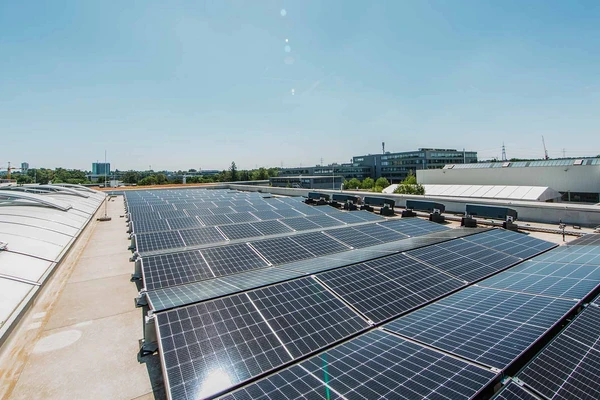Climate strategy
In the Dürr Group, we aim to reduce our total greenhouse gas emissions by 30% by 2035. With our climate strategy, we support the 1.5°C target of the Paris Climate Agreement.
We take responsibility for climate protection
In 2021, we published for the first time a Group-wide climate strategy, the targets of which have been validated by the Science Based Targets initiative (SBTi) as being 1.5°C-aligned. In 2024, we revised this climate strategy and set ourselves new, ambitious reduction targets. Our goal is: By 2035, we aim to reduce total greenhouse gas emissions by 30% compared to the 2024 base year.
Further information on our climate strategy can be found here:
Scope 1 and Scope 2: On track
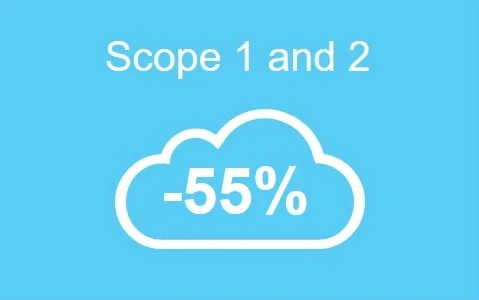
Emissions in our own business area (Scope 1 and Scope 2) account for a very small proportion of the Dürr Group’s total greenhouse gas emissions. By 2035, we want to reduce them by 55% compared to 2024.
By switching all locations to green electricity, installing photovoltaic systems to generate our own electricity, and investing in energy-efficient building technology, we have already achieved considerable savings in recent years. Further information can be found in the section → “Selection of climate protection measures already implemented.”
Scope 3: Our greatest lever
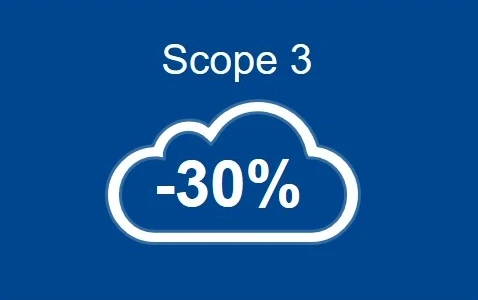
As a mechanical and plant engineering firm, our greatest potential for reducing greenhouse gas emissions is in the use phase of our products at the customers’ premises and in the upstream value chain. Our goal is to reduce Scope 3 emissions by 30% by 2035 compared to 2024.
This requires that our customers invest more in new Dürr products with maximum energy efficiency and electric operation. The increasing share of green electricity in the global electricity mix will lead to considerable savings in greenhouse gas emissions and help us to further reduce Scope 3 emissions.
1.5°C-aligned climate strategy
We used the X-Degree Compatibility model (XDC model) from the climate technology company right° to validate that our planned reduction path is compatible with the Paris 1.5°C target. The XDC model measures a company’s sector-specific climate impact on a scientific basis. It indicates in degrees Celsius how much the earth would warm if all companies had the same climate performance. Validation of our climate targets by the SBTi is envisaged.
→ right° in the Dürr Group’s Eco magazine
→ Press release: right° and Dürr calculate the climate impact of paint shops

Scope 1 and Scope 2: -55%
by 2035 (compared to 2024 base year)
This is how we want to achieve our goal:
Scope 3: -30%
by 2035 (compared to 2024 base year)
This is how we want to achieve our goal:
Selection of climate protection measures already implemented
This is how we are already making an active contribution to climate protection:
Installation of photovoltaic systems
In the Dürr Group, we have been harnessing the power of the sun for some time now and are equipping suitable factory and office buildings with photovoltaic systems. At the end of 2024, all systems installed in the company had a total output of 6,771 kilowatts peak (kWp) and generated a total of 5,147 megawatt hours (MWh) of electricity. This has enabled us to cover more than 6% of our electricity requirements in 2024. In the future, we want to further expand our self-generation of electricity using photovoltaics.
Investments in sustainable buildings
When planning and constructing new buildings, we use the requirements of the → EU Taxonomy as a basis. The energy efficiency achieved is then verified by the German Sustainable Building Council (DGNB). In 2024, our EU taxonomy-aligned investments in sustainable buildings amounted to €41.8 million.
With the energy-efficient refurbishment of existing buildings and the conversion of lighting and heating systems to low-consumption technology, we are further reducing the energy requirements at our locations. In 2024, for example, we converted the heating systems in Bietigheim-Bissingen and Holzbronn to air heat pumps and connected the Lichtenberg site to a climate-friendly heat supply.
We are trailblazers for a climate-neutral future
Many customers have set ambitious climate targets. With our innovation work, we want to enable them to decarbonize their production and reduce their dependence on fossil fuels. That is why our development work focuses on the resource- and energy-efficient operation of our plants and the electrification of production processes. For a German automobile manufacturer, for example, we developed the → world’s first CO2-free paint shop.
At the same time, we are a partner to our customers for the efficient manufacture of low-emission products, such as electric cars and timber houses, but also battery cells for storing wind and solar power.

